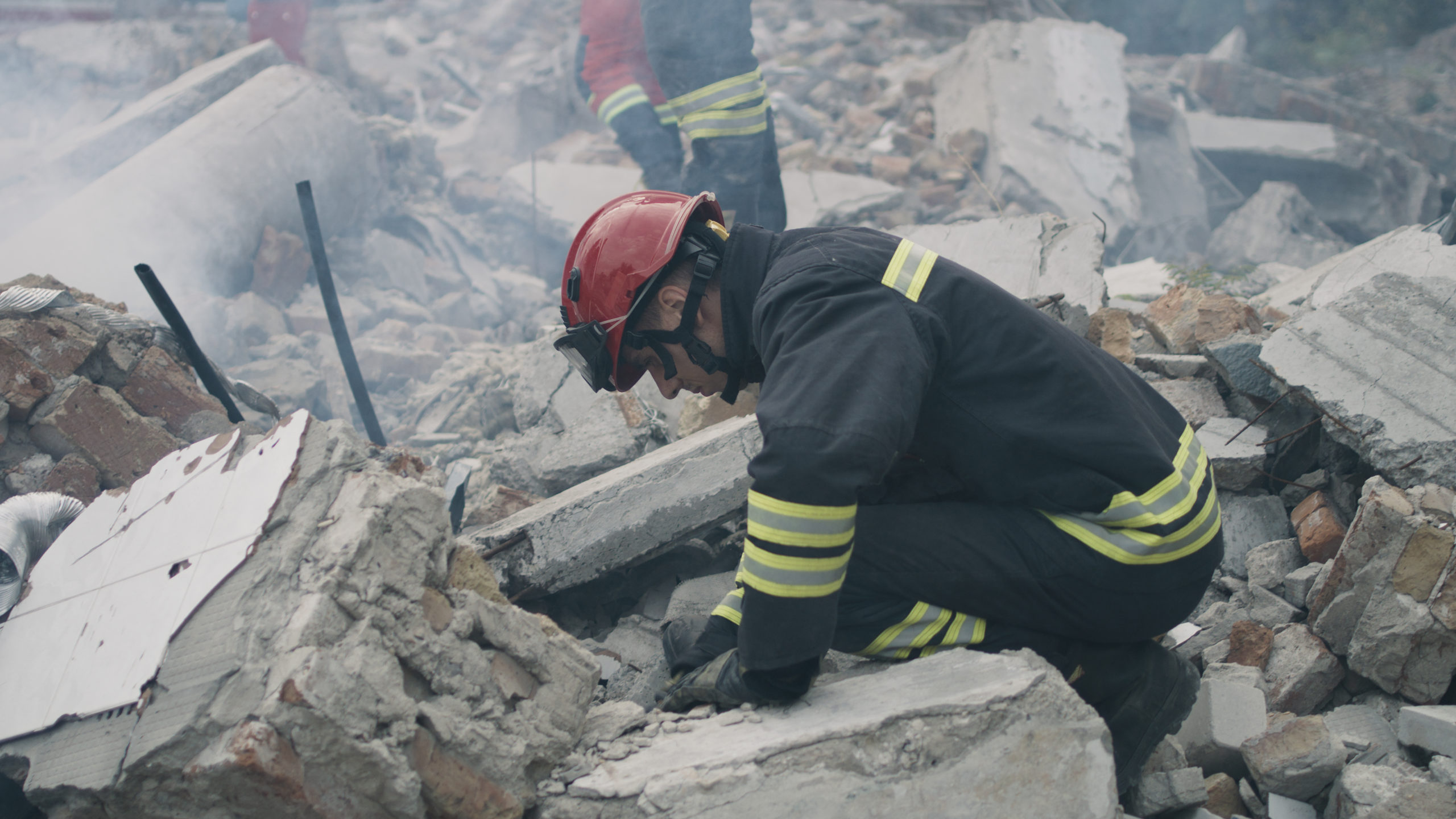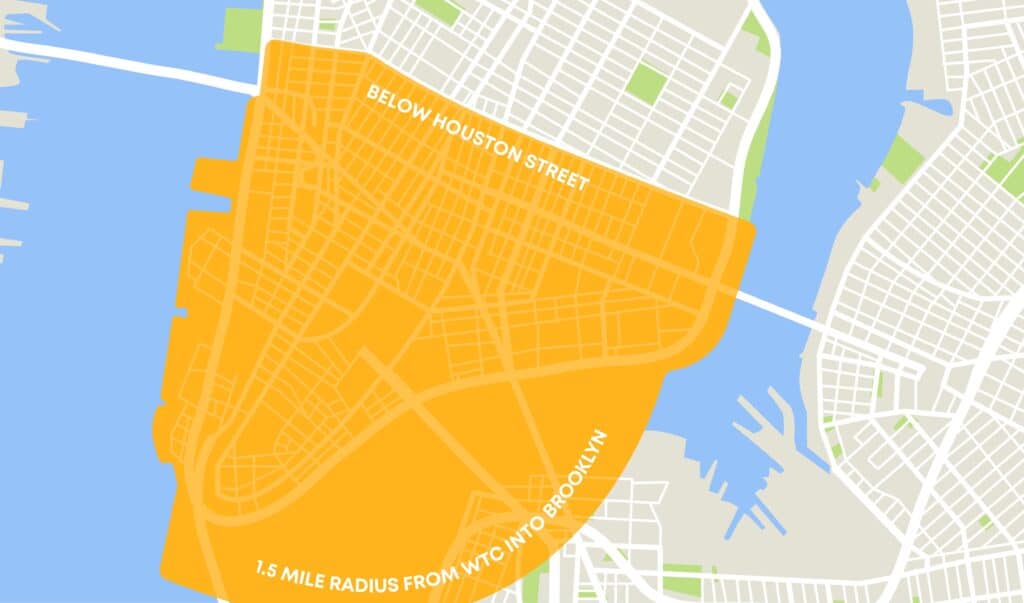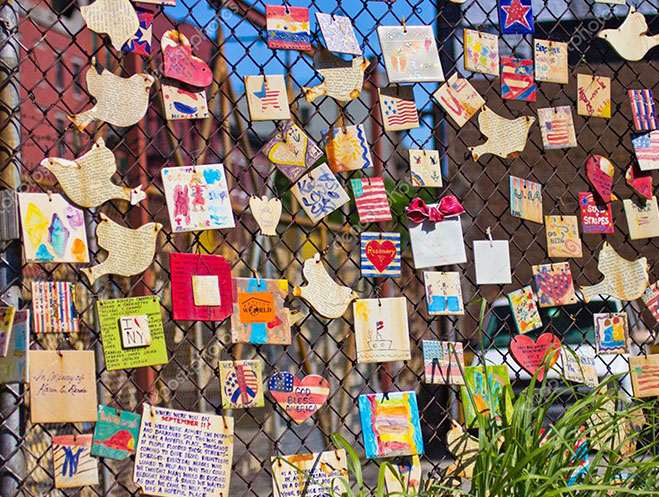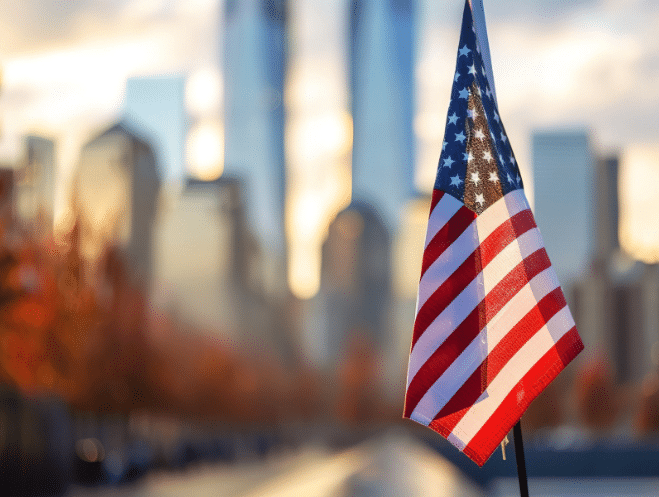
Toxic Dust and Health Impacts of 9/11
When the Twin Towers collapsed on September 11th, 2001, a massive cloud of toxic dust engulfed Lower Manhattan. Survivors and first responders were seen fleeing through thick gray smoke, their faces and clothing coated in a powdery haze. But beyond the haunting images lies a critical question:
“What exactly was in the 9/11 dust cloud—and how is it still affecting people today?”
While the full chemical makeup of the plume may never be known, due in part to limited sampling in the immediate aftermath, subsequent testing revealed that the dust was filled with hazardous and carcinogenic materials. The collapse released an estimated 10 million tons of pulverized building materials, electronics, plastics, glass fibers, paper, and asbestos, all mixed with 91,000 pounds of burning jet fuel. This toxic mixture continues to cause serious health issues for thousands of responders, residents, and workers exposed in the days and months following the attacks.
What toxins were found in the 9/11 World Trade Center dust?
Thomas Cahill, an air pollution expert and professor emeritus at the University of California, Davis, who studied the air quality around Ground Zero after 9/11 stated it succinctly when he said the dust cloud was “wildly toxic.” But what, exactly, were those toxins? This list offers just a sample of some of the 9/11 toxic and/or cancer-causing contaminants:
Dioxins
An article from Scientific American includes a quote from an analysis by the EPA, stating that the level of dioxin found in the air near Ground Zero “were the highest ambient measurements of dioxin ever recorded anywhere in the world.” Dioxins are formed through the burning chlorine-based chemical compounds with hydrocarbons. Dioxins are among the most toxic chemicals known to science and according to the EPA are linked to cancer, reproductive and developmental problems, damage to the immune system, and can interfere with hormones.
Lead and other toxic metals
According to a fact sheet from the Mount Sinai Pediatric Environmental Health Specialty Unit, “Sources of lead at the World Trade Center site include computer and video monitors and rust-proofing paint used on steel beams. Fires at the World Trade Center released lead from these sources into the air.” An article from the National Center for Biotechnology Information (NCBI) concluded that “Lead paint particles were found in the dust—although at low levels—because lead paint had not been banned until after the buildings had been built.”
Other toxic heavy metals—including mercury, cadmium, chromium, and arsenic—were also present and can result in “acute or chronic poisonings … following exposure through water, air, and food.”
Polycyclic aromatic hydrocarbons (PAHs)
According to a National Institutes of Health (NIH) article, the “particulate air pollutants” from the WTC collapse “contained mutagenic and carcinogenic polycyclic aromatic hydrocarbons.” PAHs are formed as a result of incomplete combustion of carbon-containing materials. The Science/Technology Advisory Council (STAC) stated that “Sources of PAHs at the WTC included the burning of about 90,000 liters of jet fuel, 500,000 liters of transformer oil, 380,000 liters of fuel oil and approximately the same amount of gasoline plus any and all burning items. Heavy machinery and power tools brought to the site added to particulate and PAH exposures.”
Vanadium, nickel and iron heavy metals
These are all elements of steel alloys that would have been used in the World Trade Center. These “bioavailable transition metals” in particulate form are associated with lung injury.
Volatile Organic Compounds (VOCs)
Among the most toxic types of VOCs are the carcinogens benzene and formaldehyde. The Agency for Toxic Substances and Disease Registry (ATSDR) collected samples for benzene at and within the restricted areas during the first month following September 11, 2001. These samples exceeded the intermediate minimum risk level (MRL), and nearly half the samples exceeded the historic average for New York City.
Other contaminants found in the dust included highly alkaline pulverized concrete and drywall—both containing gypsum and calcite—which are eye and mucus membrane irritants. Furthermore, it may be linked to lung problems and GERD, a type of digestive disorder. Even 20 years after the fact, the World Trade Center Health Program (WTC Health Program) and the Centers for Disease Control and Prevention (CDC) continue to add illnesses and diseases to the list of certified health conditions.
How far did the dust cloud travel on 9/11?
Immediately following the attack and the collapse of the WTC, power outages throughout New York City, and with ground instruments “so clogged with particles that they no longer functioned,” made it difficult to assess the height and distance the smoke plume and dust it carried traveled. The information, though, was important in learning more about the toxins’ effect on the health of people and the environment.
With the help of a Multi-Angle Imaging Spectroradiometer (MISR) instrument on NASA’s Terra Satellite, researchers were able to calculate “the height of the plume, composed of sub-visible aerosols, to be 1.25 to 1.5 kilometers (0.78 to 0.93 miles).” Using that information, a scientific modeler was able to “calculate where and in what quantity the World Trade Center pollutants drifted over the areas around New York City.” On September 12th, the day following the attack, the drift of the smoke “extended from Lower Manhattan across the East River into Brooklyn and beyond to the sea”—approximately 44 miles downwind of the Twin Towers.
How long did it take for the dust to settle after 9/11?
It is estimated that the dust continued to settle for up to five months. However, the total cleanup operation took approximately eight months—and more than 108,300 truckloads of debris removal. It was concluded with a ceremony on May 30, 2002.
Was there toxic asbestos in the World Trade Center?
When the World Trade Center construction started in 1968, asbestos was used in a slurry (combined with cement) as fireproofing material that was applied by spraying it onto the steel beams. Although New York City banned this practice in 1971, as much as several hundred tons had already been applied. Some, but not all, of this was removed in an abatement program.
In fact, some estimates conclude that on 9/11, asbestos released into the air could be measured in thousands of tons (the north tower alone contained an estimated 300-400 tons of asbestos). However, because asbestos was often used in plastics and other materials to make them stronger, estimates as to the total amount of asbestos that was in the dust cloud vary.
What is indisputably true about asbestos: When asbestos dust is ingested or inhaled, the fibers can become trapped in the body, leading to asbestosis, a chronic lung disease, or mesothelioma, an aggressive and deadly cancer.
Exposure to asbestos is the only known cause of mesothelioma.
Contact our 9/11 VCF attorneys today
If you or a family member has suffered an illness as a result of the 9/11 dust, you may be eligible for medical treatment and monitoring and monetary compensation through the September 11th Victim Compensation Fund (VCF). Mesothelioma is not the only disease covered under the World Trade Center Health Program and as research progresses, previously uncovered medical conditions are certified as 9/11-related cancers & illnesses. We are here to help ensure that victims of the September 11th attacks get all the benefits to which they are entitled. To discuss your needs with a skilled 9/11 attorney, please call us at 212-983-3000 or contact us online to schedule a free consultation.

About Jason Weisfuse –
9/11 Victim Compensation Fund Attorney
About Jason Weisfuse –
9/11 Victim Compensation Fund Attorney
Jason E. Weisfuse is a seasoned 9/11 cancer attorney and managing partner at Weisfuse & Weisfuse, LLP, a New York City-based law firm dedicated to representing individuals affected by the September 11th attacks. Since the establishment of the September 11th Victim Compensation Fund (VCF), Jason has been instrumental in assisting first responders, survivors, and families in securing the compensation and medical benefits they deserve.
With a Juris Doctor from New York Law School (2009), Jason brings extensive experience regarding the 9/11 Victim Compensation Fund to his practice. His deep understanding of the VCF and the World Trade Center Health Program (WTCHP) has enabled him to navigate complex claims processes effectively, resulting in substantial awards for his clients.
Jason’s commitment to the victims in the 9/11 community is evident through his active involvement in professional organizations such as the New York State Trial Lawyers Association and the American Association for Justice. He has also contributed to legal discourse with publications in the New York Law Journal, reflecting his dedication to legal excellence and advocacy.
At Weisfuse & Weisfuse, LLP, Jason continues to provide compassionate and knowledgeable representation, ensuring that those affected by 9/11 receive the support and compensation they are entitled to.







